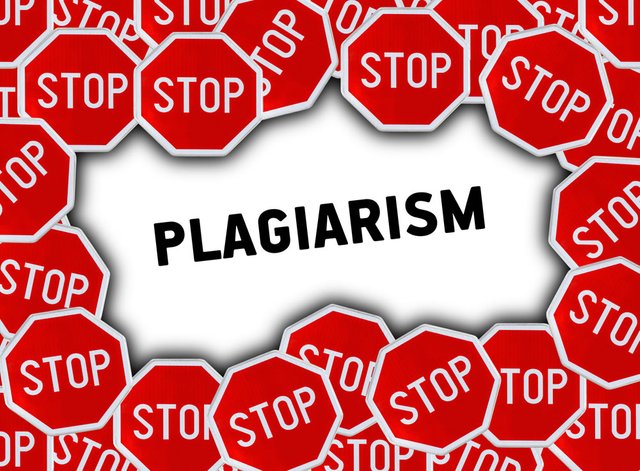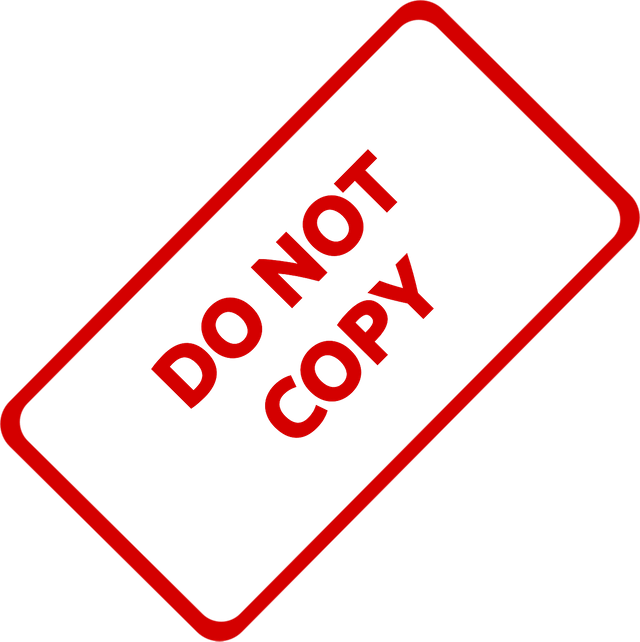Hello friends, this is @shahanakhan here & greetings to you all.
I'm excited for connecting again with my fellow Steemins. If you’re new to the platform or a seasoned veteran, we are all part of this community of content creators and curators. We know how important it is to have original and unique content on this platform & we can share our original content and earn rewards.; that's why the community has implemented guidelines and protocols to prevent plagiarism or any other form of intellectual property violations. Now we'll take a moment to familiar ourselves with these guidelines and ensure a fun and fair experience for all. Let's have a look at the details.
Objectives of this Task is:
• Newcomers have knowledge on Proof of Brain concept.
• Newcomers have basic knowledge on producing and sharing quality/original content.
• Newcomers embracing the existing Steem Community etiquette.
About Content Etiquette

Source: https://pixabay.com/images/id-265127/
Content etiquette refers to polite and appropriate behaviour when creating and sharing content on the internet; This includes adhering to guidelines and norms for social media platforms, avoiding plagiarism, and giving credit where credit is due. Additionally, it means being mindful of the tone and language used in online communication and respecting others' privacy and intellectual property rights.
About Plagiarism

Source: https://www.google.com/search?q=Plagiarism+free+image&tbm
Plagiarism means using someone else's work or ideas without giving them proper credit. In the context of the content, etiquette means using someone else's text, images, or other content without permission or providing a citation or reference to the source; this is considered a violation of intellectual property rights and is generally considered unethical behaviour on the internet. The rules of content etiquette are designed to discourage plagiarism and promote original content creation and proper attribution. There are several types of plagiarism, including:
• Copying and pasting text directly from others without citation.
• Paraphrasing a source without giving proper credit.
• Using someone else's images, videos or other media without permission.
• Self-plagiarism refers to submitting the same work for multiple assignments without permission from the instructor.

Source: https://pixabay.com/vectors/do-not-copy-business-copy-document-160137/
Above, we discussed plagiarism briefly. Now let's discuss it in detail. There are several different types of plagiarism, ranging from direct copying and pasting text to more subtle forms of using someone else's work without proper credit. Some common types of plagiarism include:
- Copying and pasting: This is the most straightforward form of plagiarism and refers to taking text directly from a source and pasting it into your work without citation.
- Paraphrasing: This refers to rewording someone else's text or ideas and presenting them as your own without giving proper credit; this is often considered a more subtle form of plagiarism, but it is still considered a violation of intellectual property rights.
- Mosaic plagiarism: This type of plagiarism happens when a person uses a source's phrase, sentence or wording without citation. They might use different words but maintain the same structure, meaning, and idea as the source.
- Self-Plagiarism: Using one's previous work or published material without citation is common among academic authors.
- Fabrication: When a person fabricates (creates) fake data, bibliographic information or results and presents it as their own.
- Inadequate citation: This refers to not providing the proper citation or not providing enough citation, making it difficult to identify the source.
It is important to note that plagiarism is not only limited to text but can also include other types of content, such as images, videos, or even code, as I mentioned earlier.
An example of plagiarism involving images or videos would be using someone else's photograph or video footage without giving them credit or obtaining permission to use it. For instance, using a photo from a stock image website without purchasing a license or using a video from YouTube without the creator's permission would be considered plagiarism. Another example would be taking someone else's video or image, editing or altering it slightly, and then claiming it as your own.
It's also important to note that just because something is on the internet does not mean it is in the public domain and free to use. It's always a good idea to check an image or video's copyright status before using it and give proper attribution when required. Please do so to avoid legal issues.
Though plagiarism is considered a serious offence, in some cases, it might be unintentional and the result of ignorance of the rules of citation. That's why it is important to be well-educated on the practice and guidelines of citation.
As I have tried to discussed it thoroughly , "I have read and understood the Steemit Etiquette on Steemit Community and will do my best to embrace them" .
Here is my verified Task
https://steemit.com/hive-172186/@shahanakhan/achievement-1-my-steemit-introduction-post-by-shahanakhan
https://steemit.com/hive-172186/@shahanakhan/achievement-1-my-steemit-introduction-post-by-shahanakhan
Thank You
@shahanakhan
#achievement3 #steemexclusive #pronewcomer #cryptokannon #steemit #bangladesh #plagiarism
Hello
@shahanakhan
I am the moderator of the Incredible India community
I love to welcome you to our community. As I can see you have shared some awesome photographs and our community is based on art and culture.
So it would be our pleasure to have you in our community with many more great photographs.
Our discord:- Meraindia discord link
Regards,
@piya3 (moderator)
Incredible India community
Downvoting a post can decrease pending rewards and make it less visible. Common reasons:
Submit
My pleasure 🙏. Beautiful words to welcome someone. Means lot.
Downvoting a post can decrease pending rewards and make it less visible. Common reasons:
Submit